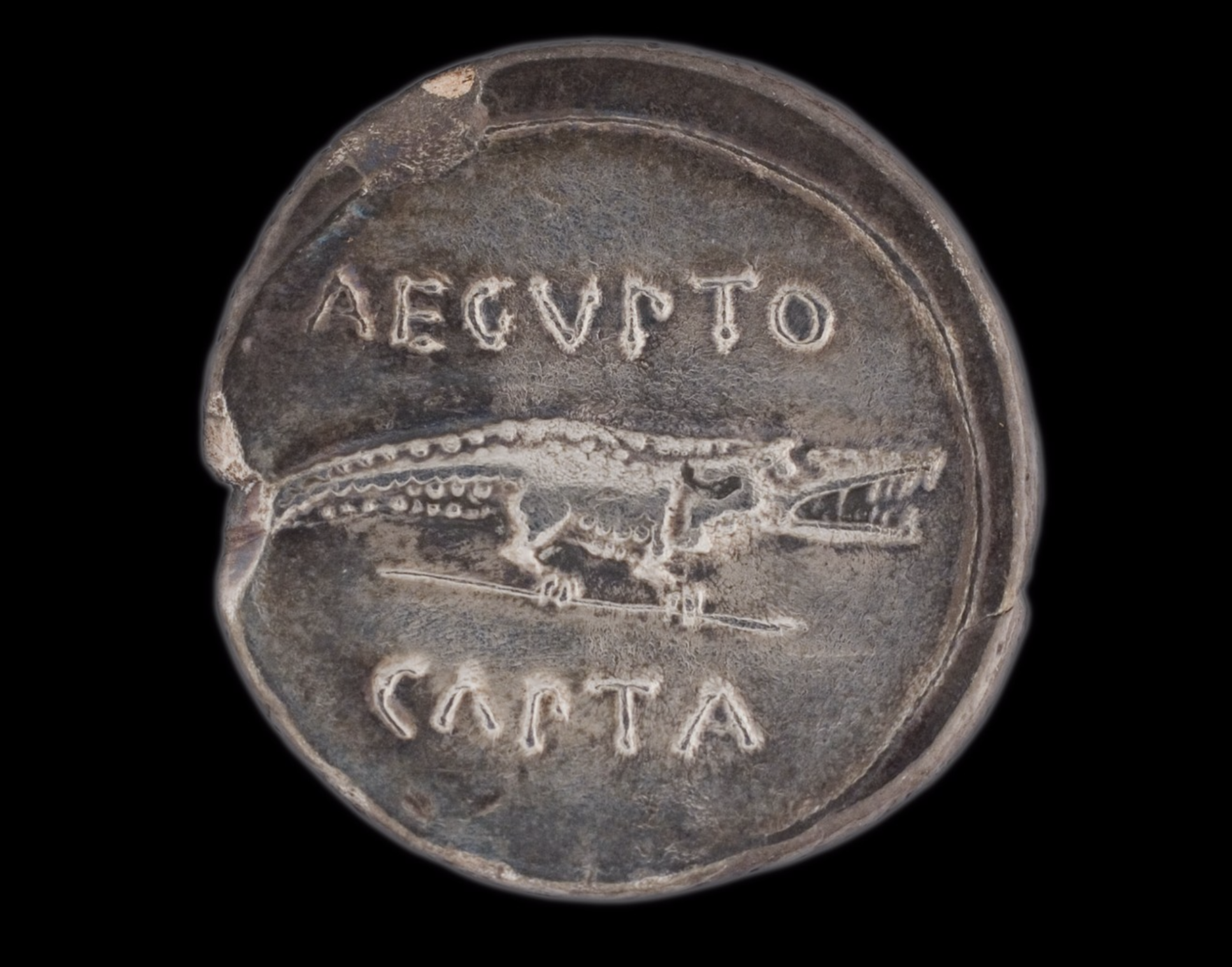Although the obverse, or head side, of a coin, often gets more attention, the reverse, or tails side, of a coin has its own story and influences. With the head of the emperor or a God on the front of a coin, it is often what has the most emphasis because it is easy to look at and interpret. If a certain emperor’s head is on the front, it was minted during his rule, and thus his coin. If a God is on the front, there is typically an association between the God shown and the emperor. But the choice a king or emperor makes in what to put on the reverse of his coin can provide a deeper insight into what is important to a ruler and what they might choose to highlight in themselves or their reign over the empire. More specifically, depictions of different animals can convey a variety of key aspects of a ruler. From military triumph to deification, each animal can tell a different story on a coin.
Auben Gray Burkhart Collection, Coin 009
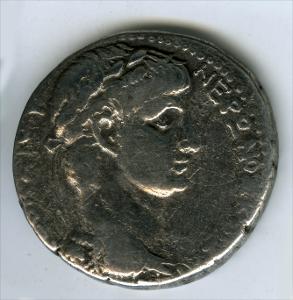
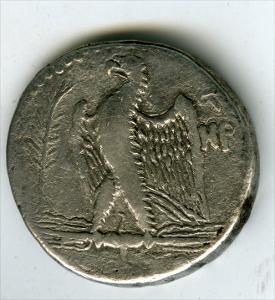
In Greek and Roman mythology, an eagle, specifically holding a lightning bolt, represents Jupiter’s personal messenger and is described by Pliny the elder as one of the military symbols. At the consecration of an emperor, an eagle would be set free and believed to carry the soul of the deified emperor and secures his place among the Gods (Asuni 2021), so the depiction of the eagle on this coin represents not only Jupiter's authority but Nero’s deification and claim to the throne as well. The eagle on the reverse of Nero’s coin indicates the emphasis he placed on deification and the right to the throne during his rule as emperor.
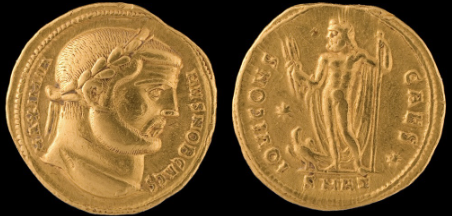
Obverse: Laureate bust of Galerius Maximianus Reverse: Jupiter standing, right hand holding thunderbolt, left hand leaning on scepter, with an eagle at his feet to the left
This coin shows another example of using an eagle and Jupiter to signify the right to the throne and deification. Galerius, who ruled as a tetrarch, used Jupiter as his guardian deity, so depicting Jupiter along with his eagle further expresses his connection to the Gods and significance as a ruler.
Auben Gray Burkhart Collection, Coin 007
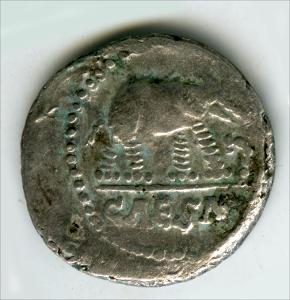
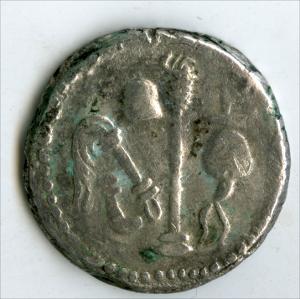
The elephant trampling a dragon on the obverse of the coin symbolizes overcoming evil, sometimes specific to war. In this case, it may be a reference to Caesar’s victory over the Gauls, which signifies his emphasis on military triumph during his reign (Wrigley 2015). Since the coin does not have a direct bust of Caesar on the coin, it can be assumed that the purpose of this coin was to spread propaganda about Julius Caesar's victories as a military power.
Auben Gray Burkhart Collection, Coin 050
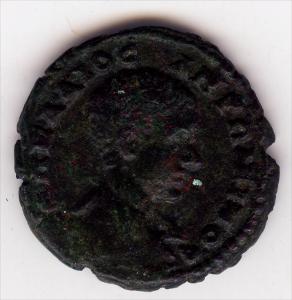
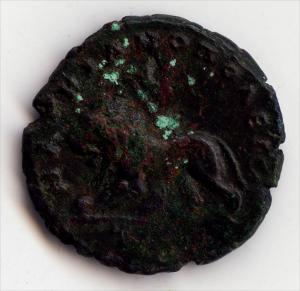
The depiction of a lion is often one of the more forgotten symbols of Rome. A lion in antiquity is seen to portray the Roman people as well as the strength and sovereignty of the Roman Empire (Milestone 2016). In the case of Diadumenian, the strength and sovereignty of Rome were a large part of his and his father's rule since they were co-rulers during the era of emperors who were elected by soldiers. He and his father came into power due to overthrowing the previous emperor, so the strength of their army and desire for a sovereign empire was what gave them their position of power. This coin chose to highlight this significance by portraying the lion on the reverse side of the coin.
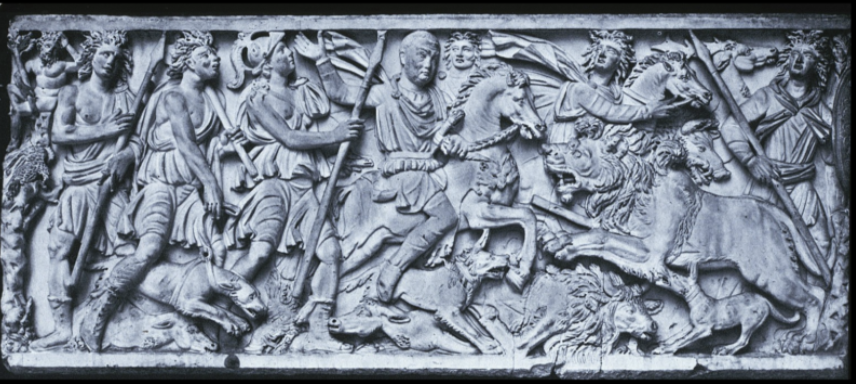
More typically Lions are depicted in hunting or fighting scenes like the one shown here on the Lion Hunt Sarcophagus. Lions in art such as this, are used to show the strength of an opponent or army of soldiers. When taking this point of view back to the symbolism in the coin, a lion can also be seen as a symbol of the strength of an emperor.
Auben Gray Burkhart Collection, Coin 054
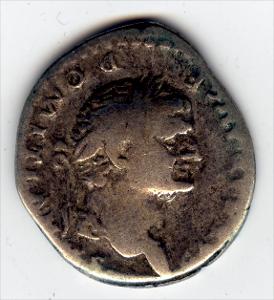
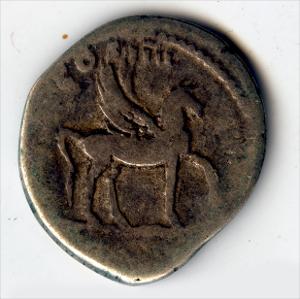
The depiction of a Pegasus on the reverse of a coin is one of the most famous types of staters in the ancient world. When the Pegasus is shown with one leg lifted off the ground, it is said to be a reference to the myth of Bellerophon, where the Pegasus is regarded as the creator of fountains one stomp of their hoof caused water to surge out from the rocks below. The myth states that only Athena was able to tame Pegasus using a golden bridle beside the fountain of Peirene on the Corinthian isthmus (Edward 2016). Although it is unclear why Vespasian is depicted with Pegasus, it could be possible that he wishes to be associated with Athena in some fashion.
Auben Gray Burkhart Collection, Coin 058
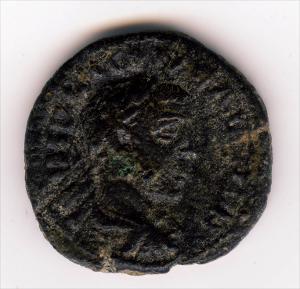
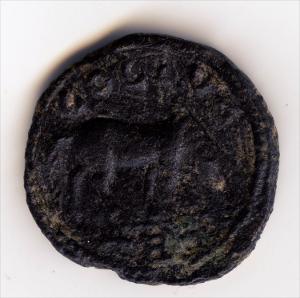
The grazing horse is an unusual portrait for the reverse of a Roman coin. For Gallienus, the depiction of the grazing horse is to connect him to Valerian during their joint rule as emperors. Not only that but Gallienus is also associated with horses because of his decision to change the command of Roman armies from the Senators to the Equestrians and created mobile cavalry reserves (Bursche and Myzgin 2015). For these reasons, he is often associated with horses, such as in this coin.
Auben Gray Burkhart Collection, Coin 106
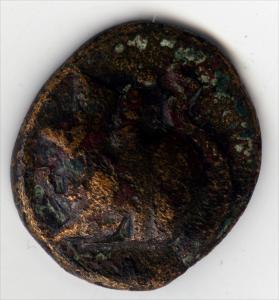
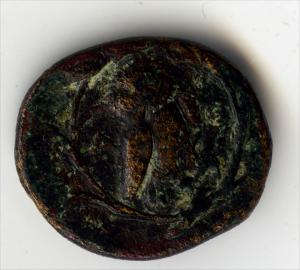
This coin does not show a specific emperor or any sort of indication of who the emperor was during the time this coin was manufactured. Since this coin is minted without the influence of an emperor, the symbolism of the coin is purely surface level. The coin served as more of an appreciation piece for Athena than trying to show influence or relationship to someone or something. The owl on the reverse of the coin calls back to the bust of Athena on the obverse since owls are known to be related to Athena and her wisdom. (Edward 2016)
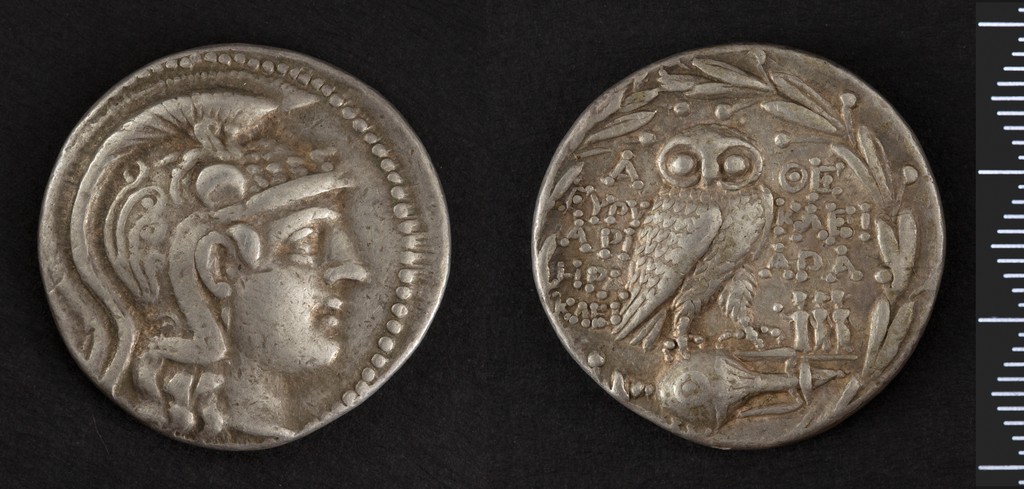
Here is an example of a similar coin in better condition. You can see the clear details in the seated owl on the reverse side of the coin, as well as a clearer picture of Athena’s face and crested helmet.
Overall, Roman coinage comes with a variety of portraiture and other imagery, but every image and portrait has a purpose for whoever is deciding what to produce for the general Roman public. Even the most inconspicuous image of a horse grazing has a purpose in comparison to the coin it is shown on. It is the hope and goal of this page to describe these images and their symbolism for each emperor and how it fits into the theme of animals' significance in Roman coinage.
Page Completed by Meghan Finlay, Rhodes College '24
